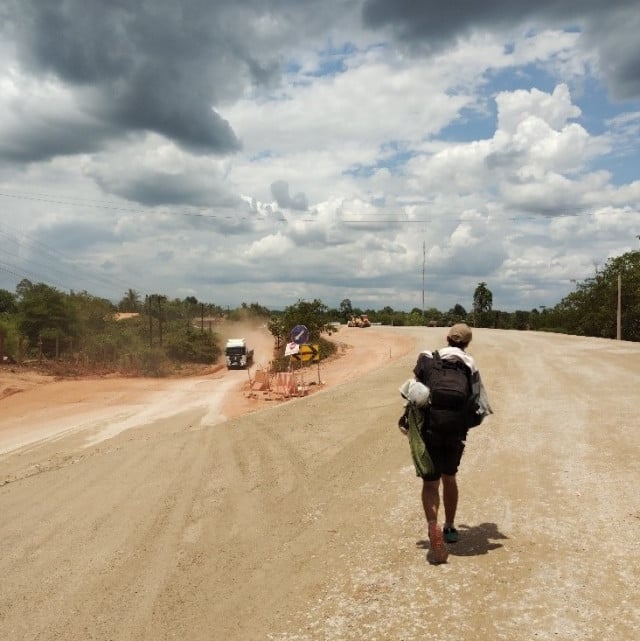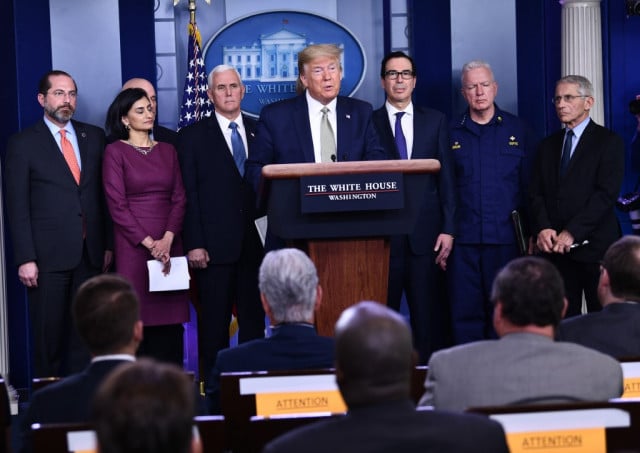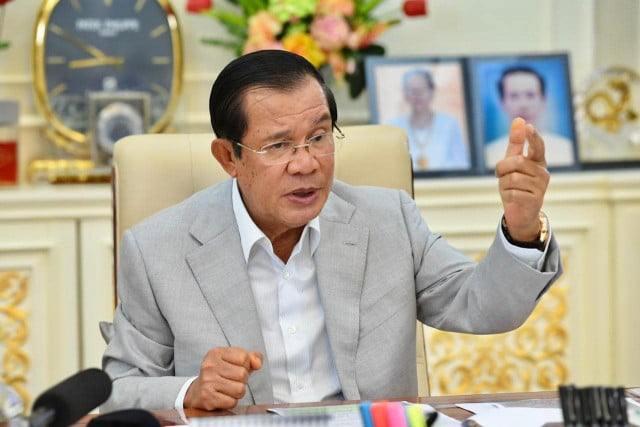Tales from Laotians roads

- By Nicolò Tissier
- July 30, 2023 8:30 PM
Episode 4 Travelogue
A few weeks after finishing my travels, here’s the last chapter of my travelogue, and the tale of my trek adventure in Laos.
The beginning
My friend Tom and I began our trek in Vientiane, Lao’s capital, our final goal being to walk all the way to Phnom Penh. We meant to do this by following the Mekong River, at least at first. And so we did for the first two weeks.
From the very first night, we managed being hosted in temples. I was surprised that it turned out to be so easy. Finding shelter in remote villages was my main concern, but Laos being full of temples, and those temples being open to offer shelter, we had practically no difficulties. This truly was a relief. The temples turned out to be the most important and intense part of our journey, especially in terms of human experience. It is an amazing experience to be hosted in them and share monks’ life routine for an evening.

Along the way, we usually spent three nights in temples and then one night at a hotel. But this varied depending on whether we could find a hotel or a homestay. We tried to calculate the daily distances to cover accordingly. We set that we had to walk a minimum of 25 kilometers per day, but sometimes managed to do 30 kilometers.

It took us a week to arrive to the first main city: Paksane. At first, we had planned to only walk on little country roads alongside the river. And we took them as much as possible. But in the end, we also had to follow the main traffic road, which was the quickest and more direct when there was no secondary road in the same direction. At first, walking beside the big road and its cars was annoying and frightening, but we got used to it after a while.
The first week was probably the most challenging one for the body not yet used to the effort. I began to have foot blisters after three days. I had to put bandages for about two weeks. But after that, I didn’t need them anymore. My feet started to adapt by developing calluses.

When we stayed in a temple, in the morning we would take part in the early prayers led by the monks for the people of the nearby village come to attend. The prayers consisted of diverse rituals and singing.

Following this, the villagers—most of them women—would display on trays food they had brought and then offer this to the monks. Sometimes, we were invited to share breakfast with them before leaving. And these were among the best meals we had on our trip.

As we walked down the roads, people would sometimes call us from their homes and invite us to eat and drink with them because they were intrigued by our presence. It was very kind of them. However, most of the time, they were inviting us to drink beer or other alcohol beverages, which we usually had to refuse, alcohol not being the best thing to take in the middle of a walking day.
During that period, there were a few encounters that truly left a lasting impression on us.
In the second temple in which we stayed and that was situated on grounds barely above the water level of the Mekong River, we were welcomed by the chief of the monks,who presented himself as “the Capo.” As it turned out, this peculiar but very nice old man spoke Russian and Ukrainian because his son was living in Ukraine! He was also studying English with old books, which is why he was able to communicate with us.

When you can’t communicate with people through language, it comes down to gestures and facial expressions. It becomes a subtle game of interpretation, which turned out to be the case with all the interactions we had, but especially in one case: an old man who was taking care of a temple where we stayed in the countryside between Paksan and Thakhek in Laos. Captivated by our presence and filled with curiosity, he spent the whole evening with us. Since we couldn’t communicate through language, we showed each other things, like my trek gear and books for instance. This may sound strange but we truly did communicate. This old man liked to touch. His skin was very dark but you could tell it was because of the sun. He was wearing a tank top and shorts, the same kind children used to wear. His face and body were skinny and dry. He looked at the same time old and vigorously young. I will always remember how warm and friendly he was with us.

During our second week, we mainly walked along a minor road that was next to a river. This led us to the Third Thai–Lao Friendship Bridge over the Mekong River, just before the cities of Thakhek in Laos, and Nakhon Phanom in Thailand.
There we decided to cross the bridge and continue to walk to the Thai border, mainly because our visas for Laos were about to expire and getting Thai visas was free and easy.
And so our journey continued in Thailand.















